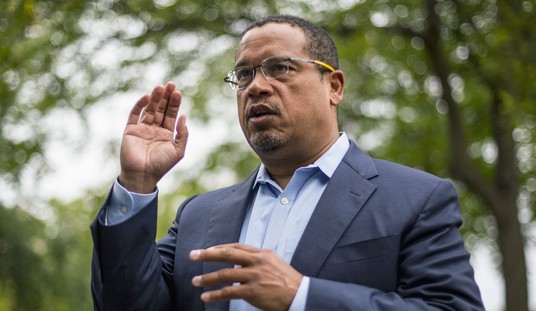There have been a lot of stories lately about unionization efforts, particularly the ones happening at Amazon and Starbucks. There’s a story today about the strikes Starbucks workers have been calling around the country.
Workers at Starbucks have held over 55 different strikes in at least 17 states in the US in recent months over the company’s aggressive opposition to a wave of unionization.
According to an estimate by Starbucks Workers United, the strikes have cost Starbucks over $375,000 in lost revenue. The union created a $1m strike fund in June 2022 to support Starbucks workers through their strikes and several relief funds have been established for strikes and to support workers who have lost their jobs.
But the LA Times has a story up today essentially suggesting fans of unions should curb their enthusiasm. It does seem as if unions are having a moment right now but there are reasons to think that moment won’t last.
“The winds have been at workers’ back and that has helped spark labor drives in places that would have been unthinkable just a few years ago,” said Jake Rosenfeld, the author of “What Unions No Longer Do” and a sociology professor at Washington University in St. Louis.
But “there are clouds on the horizon,” he added…
Employers’ power will only grow if the labor market, now one of the tightest in recent years, loosens, and workers begin fearing a recession…
The National Labor Relations Board has received more requests to hold union elections this year than during the same period in 2021. But much of the increase in these requests for elections is coming from Starbucks cafes, each of which employs only a couple of dozen workers, meaning the potential impact on overall union representation may be modest, even if those elections succeed.
In other words, unions are making some noise and the media is giving it a fair amount of coverage but the overall numbers aren’t changing. Currently only about 10% of the American workforce is unionized. A spokesman for an LA-based pro-business group said there are good reasons for that.
Mark Wilbur, president of the Los Angeles-based Employers Group, which advocates for business owners, said the decline in unions is a result of their obsolescence, especially in California, which has more worker protections than other states. Workers, he said, don’t want to pay dues for something they don’t need and consumers do not want to pay added costs.
Not coincidentally, the jobs most likely to be unionized today are jobs somewhat disconnected from the changing job market. According to the Bureau of Labor Statistics, the unionization rate of government workers is about 34% while the comparable rate for private sector workers is just over 6 percent. No one gets rich in a government job but they also aren’t likely to ever be fired no matter what the economy at large is doing. Having worked for the federal government myself for a decade, I can tell you that low expectations for workers and high insulation from the market are perfect grounds for unionization.
But if unions aren’t doing very well in terms of their collective growth and power, they continue to do well financially for the people running the unions. Earlier this week the site In These Times published the results of a close look at just how much money unions have and how little of it they spend on unionizing.
The report shows that even as union density has continued its long decline over the past decade, the financial coffers of unions have expanded. That money, however, has not been used to do the organizing necessary to prevent all of those unions from shrinking. Instead, the report paints a picture of the union world as an exclusive club sitting in a walled garden, watching its bank accounts swell even as all of those workers on the outside who need its help are disappointed. Among the key findings:
- Since 2010, union density has declined from almost 12% to to just over 10%, and there are more than 700,000 fewer union members as an absolute number. Yet the finances of unions are only improving: “In 2020, organized labor had $35.8 billion in assets, and $6.8 billion in liabilities, leaving approximately $29.1 billion in net assets.” That figure has almost doubled since 2010. That growth has been driven primarily by increased dues income, as wages and salaries rise, as well as investment income.
- During the same time period, however, there has been no investment in the army of union organizers necessary to meet demand. “[Organized] labor employs 23,440 fewer employees in 2020 compared to 2010, a 19% decline in the workforce (with a steep drop in 2020 likely due to the pandemic). However, management positions within organized labor have increased by 28%, with more than 10,000 employees earning a gross salary over $125,000.”
Unions are collecting billions in assets even as their actual influence continues to wane. A few dozen strikes at coffee shops (involving a handful of workers at each one) isn’t going to make any difference in their overall decline. And even this brief moment of excitement is likely to end when the economy slows down in response to the Fed’s efforts to curb inflation.
But until then, behold the power of solidarity! One group of Starbucks employees in New York dramatically walked out to protest the firing of a union organizer. This clip has been viewed millions of times on TikTok.
@sbworkersunited @Starbucks is this what you want to be known for? #starbucks #unionbusters #howardschultz #mellodyhobson #workersrights ♬ No Hands (feat. Roscoe Dash & Wale) – Waka Flocka Flame








Join the conversation as a VIP Member